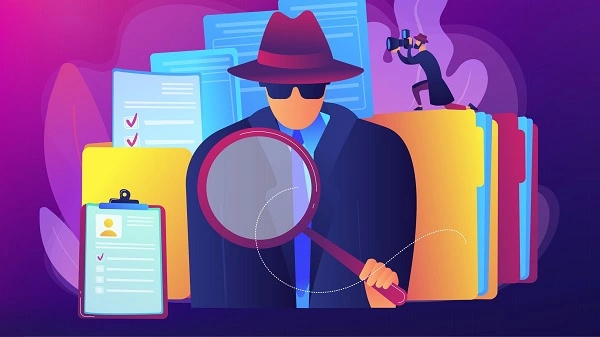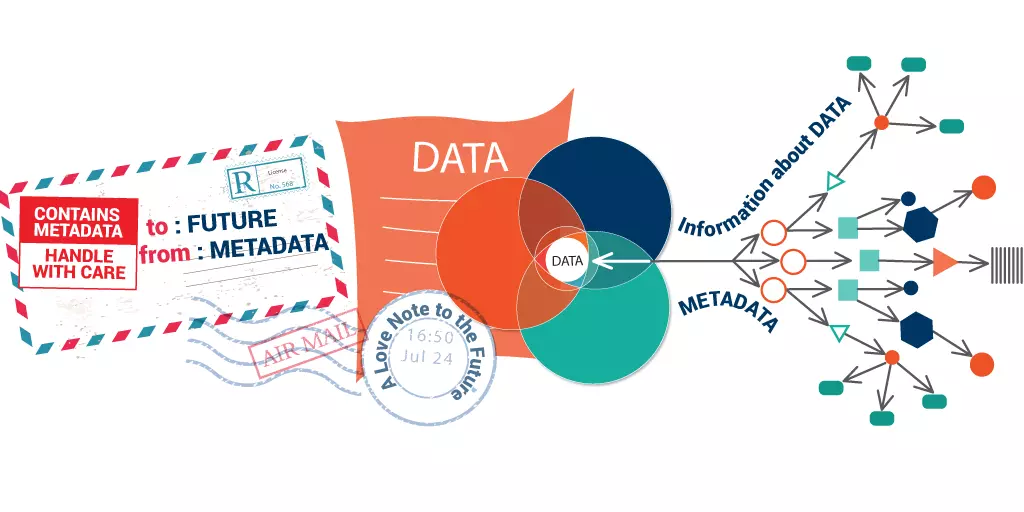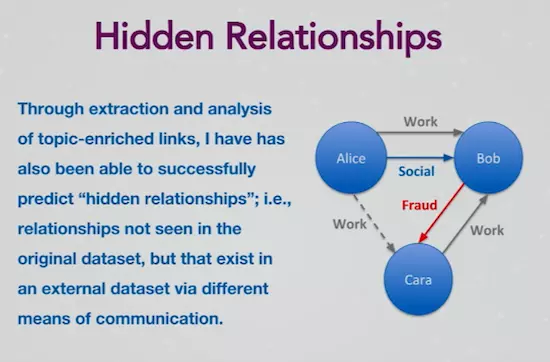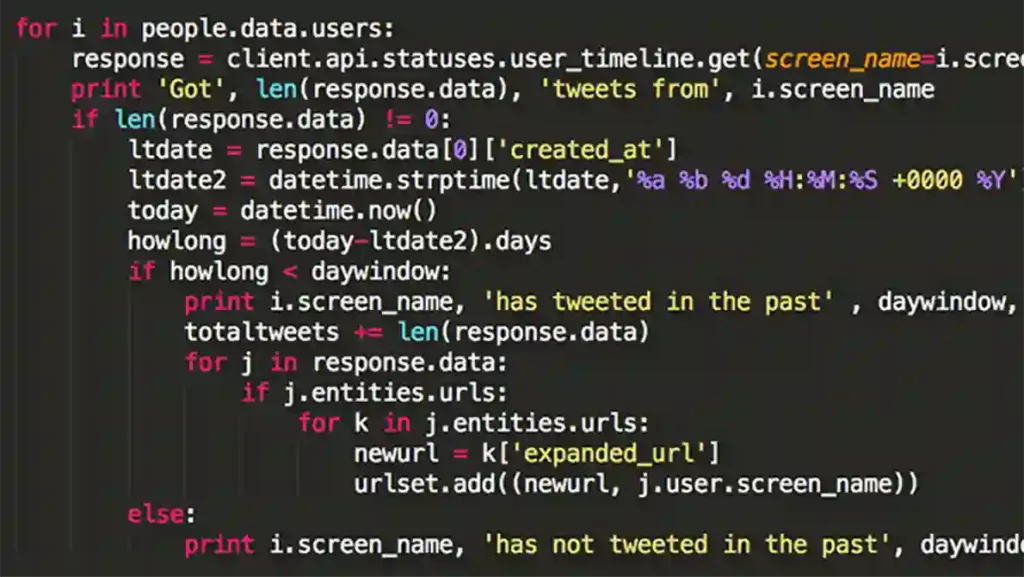Hidden Profiles: How to do a Reverse Image Search?
Hey, are you looking to debunk an image and source more information about it? Or are you looking to know who is using your image with or without your consent? If so, then reverse image search is your go-to tool.

So, what’s this reverse image search?
Well, Reverse Image Search is an information retrieval technology that allows you to search with an image so as to determine the original source of the image and other relevant information. This means you will have to submit an image as an input query on which the search will be based upon. Reverse search engine helps you determine whether a particular image is fake or real or even search duplicate content. You can simply expose the hidden profiles with reverse image lookup and avoid being scammed.
And so, how does reverse image search work, and why should you use it?
Let’s have a look!
How does reverse image search work?
Before we dive into the benefits and why you should use reverse image lookup, it is essential that we, first, learn how reverse image lookup works.
The reverse image search works in quite a straightforward process to execute. Most search tools require you to only upload the image on the search bar and then press “search” to scan the web and database. Some tools allow you to copy and paste an image’s URL in the search bar as an input query. The results are delivered in less than a minute.
In fact, every image has its unique features and characteristics, including size, shape, and colors. Therefore, a reverse image search tool will scan for all information related to the uploaded image. The scan will look for distinctive features that help track back and see the original upload.

Essentially when it comes to how to reverse image works, there are two parts to it:
1. Fingerprinting
Image fingerprint in most cases doesn’t change even when the image is manipulated. A fingerprint is something that uniquely describes the image. Therefore, during a reverse image search, a fingerprint is what it is being extracted during the scanning process. In fact, there is around a 64 billion chance of fingerprint collision. This, therefore, means there are tiny odds that two images will contain exactly the same pixels arrangements.
2. Image Indexing
This is actually what allows you to search through millions of fingerprints online efficiently. It helps you find all the closest matches to your image and where they are used or published.
The reverse image lookup tools use various algorithms, which allows them to complete different actions. For example, there are reverse image lookup tools that feature a facial recognition feature. This kind of feature can help search for all photos of specific people.
How to do a reverse image search on your desktop browser
Here are 4 simple steps to complete a search with an image:
- Open reverse image search tool – To do this, all you need is to open your browser and search for “Reverse image search,” then click one to open their search page. Let’s use images.google.com, which is one of the most used search tools, as an example.

- Drag and drop the image on the site’s search bar you are using if you want to search with an image.
- Copy and paste the Image URL if you want to search using an photo URL. When you click the camera icon shown in the image above, you can see it give you two choices; 1) search with the image URL or upload the image to search with the image.
- Click on the search icon to initiate the scanning process.
Benefits of reverse image search
Why use reverse image search?

Good question! To determine the benefits of using a reverse image lookup technology, you have to answer the question; why use it? So, here are some of the reasons why:
- To see if someone is using your image with or without your consent.
- Determine the original source of a specific image.
- To source more information about a photo or unidentified products or objects.
- Find higher quality versions of an image.
- To determine whether and the image is fake or real.
For business, here are five more detailed reasons why you should use it:
1. For linking opportunities identification
Link building or having backlinks is essential for all websites since they increase traffic to your site while improving your site credibility. So, if you have your own images that you have used in your site that are ideally unique, you can reverse search them. You may find out that some sites have used it with or without credit, but this gives you a chance to build links back to your website.
2. To Quantity the impact of your content marketing
Reverse image lookup is one way to measure how your content is fairing online. For example, if you have an image that has been widely used by several websites, it means your content has a positive impact. It resonates well with their readers.
3. To stand out
If you’re looking to be unique and stand out from your competitors, then this tool can help you with that. There is nothing more annoying than buying an image from Stock Photos only to find out your closest competitors are using the same photo. And so, to avoid pitfalls, you can use this tool to check if other sites already use the image you are planning to use.
4. Intellectual property protection

A reverse image search is a crucial tool when identifying who has used your image without your permission. If you run a search for an image, you may be surprised by how many people are using it on their website without your consent. Surprisingly, some even go a step further to editing it and adding logos, and running it as their own.
5. To identify the Context behind a specific image
Negative connotations concerning images are a common thing but a bad one too. This factor can easily impact the credibility of your site. And so, to avoid this, you can reverse search with an image and identify the Context in which other websites are using a particular image.
Overall, all of the above reasons on why you should use reverse image search are essential, and everyone should be aware of.
How does the image search algorithm handle filter and other altered images?
Good question!
If the colors of a specific image are manipulated until they are all off, yet it is still the same image, then the algorithm used will define what results you will get. For example, the algorithms that depend a lot on colors to distinguish an image will therefore determine that image as a whole new image. This algorithm ideally uses a color histogram to help distinguish one photo from another.

However, there are algorithms used by several other search tools that depend less on colors and more on other features, such as image position and orientation, detecting edges, shapes, and outlines. This kind of algorithm is likely to detect the image as a duplicate rather than a new image, as shown by the color-based algorithm.
Is it possible to reverse image search a screenshot?
Yes, it is!
If you can’t download an image from a website or any platform online, you can either opt to search the image with a URL or take a screenshot then reverse search with the image. Remember to crop the picture you have just screenshotted to remove unnecessary parts that may impact your search results. After that, you can upload the picture to your preferred reverse image search tool and hunt it down.
Reverse searching a screenshot is just like reverse image search with an image, so you don’t have to worry.
Can reverse image search to find a person?
Yes, you can. In fact, we offer this service on ScamSearch!

So long as you have a picture of a person you want to find or know more about, then you’ve got all you need to proceed. For example, you are on a dating site, and there is a person you’ve been talking to and planning to meet. To avoid getting scammed or getting in trouble later, you can use their dating profile picture to do a quick search and know if they are actually the one behind that account.
Furthermore, you can use the reverse image search tool to check how public your face is or how public your family’s face is. It is crucial that you know your picture is your intellectual property, and some may take it and use it in the wrong way without your permission. But thanks to this tool, you can effortlessly search and see who has stolen your picture to scam people.
The image search on ScamSearch uses one of the best technologies online to find profiles by pictures. But, along with this you can also perform Reverse Username searching, Reverse IP searching and reverse email searching!
What is the best reverse image search tool?
As of now, there are many reverse image search engines available. The major search engines are Google Images, Bing, and Yandex. These reverse image engines use advanced algorithms and are pretty much the most used at the moment. Nevertheless, you can also complete a reverse image lookup using third-party websites, such as Tineye. Our reverse image search at ScamSearch uses a combination of searching tools to provide you with the most accurate information online.
So, which is the best reverse image search engine out there?
However, different search engines most probably use different algorithms, which means they are good at different things. Some search engines are ideal when dealing with the general category, while others provide more focused results.
According to research done by Jan Tegze, comparing Google, Bing, Yandex, and TinEye search engines, they found out that goggle was by far the best. The research was based on similar tests and smaller analyses of randomly selected profile images of celebrities on Twitter, LinkedIn, and Facebook. The results for the entire tests done are as shown below.


Key Takeaway
Notably, for more focused findings, TinEye is the best reverse image search engine to go with. However, if you deal with a broad category and need even similar images to be shown, then Google Images will be your ideal choice. Google images do lots of “best guessing,” thus having a pretty high hit rate. Therefore, this means you will get many photos similar but not identical to your image query.
Do reverse image search engines have any limitations?
Yes, they do have some limitations, but they keep getting better and better.
If you are to use a reverse search engine like Google images, then it needs an index to work with. This allows you to successfully locate a picture that you are looking for. Without an index, your chances of locating that image are almost zero. Additionally, not all images that are currently found online have already been indexed due to various reasons. Google may fail to locate them since the owner hasn’t allowed Google to index them, or goggle hasn’t just found them for some other reasons.
In addition, some search engines don’t work with particular types of images, such as:
- TIFF files format images
- Images with dimensions exceeding 8000 x 6000 pixels
Final Thought
Image lookup is relatively easy to do; you can simply complete a reverse image search using a mobile device, tablet, or on your desktop. Apart from that, the other notable fact is that the AI or algorithms used by these search tools are getting better every year thanks to better technology and lots of current data.
For example, an article titled “Stating” published by Forbes in 2014 showed how this field is evolving. The article was about “DeepFace,” an algorithm Facebook researchers were developing. This algorithm attempts to detect if two faces in unconnected profile pictures are of the same person or not. Apparently, it has an accuracy of 97.25% accuracy, regardless of lighting conditions or angles.”
Now you know what is the reverse image search engine is, how it works and its benefits, how popular your face is? Or are your photos used without your consent? Well, check it out now!
Did you find this information helpful? if so, you may want to visit our website and try out reverse image searching. The site can also do a huge array of extra searching such as :
- Reverse Image Search
- Reverse EmaiL Search
- Reverse Username Search
- Reverse Crypto Address Search
- Reverse Phone Number Search
- Live Dating Profile Search
- Darknet scanning
- Downloadable Reports
- Live Monitoring (give us your list to watch and we’ll email you weekly updates).
If you want to keep an eye on scams this Chrismas, you may also be interested in reading this:
- Hidden Profiles: How to do a Reverse Image Search?
- The 12 scams of Christmas 2021
- Good vs Evil : Hidden Worlds Of Scam Baiting, Scams & Scammers
- How To Protect Yourself from Scammers?
- 11 Ways to outsmart a romance scammer
- Phone Scammers : How Do You Know if their scammers?
Want to follow us? Find us on Twitter.


